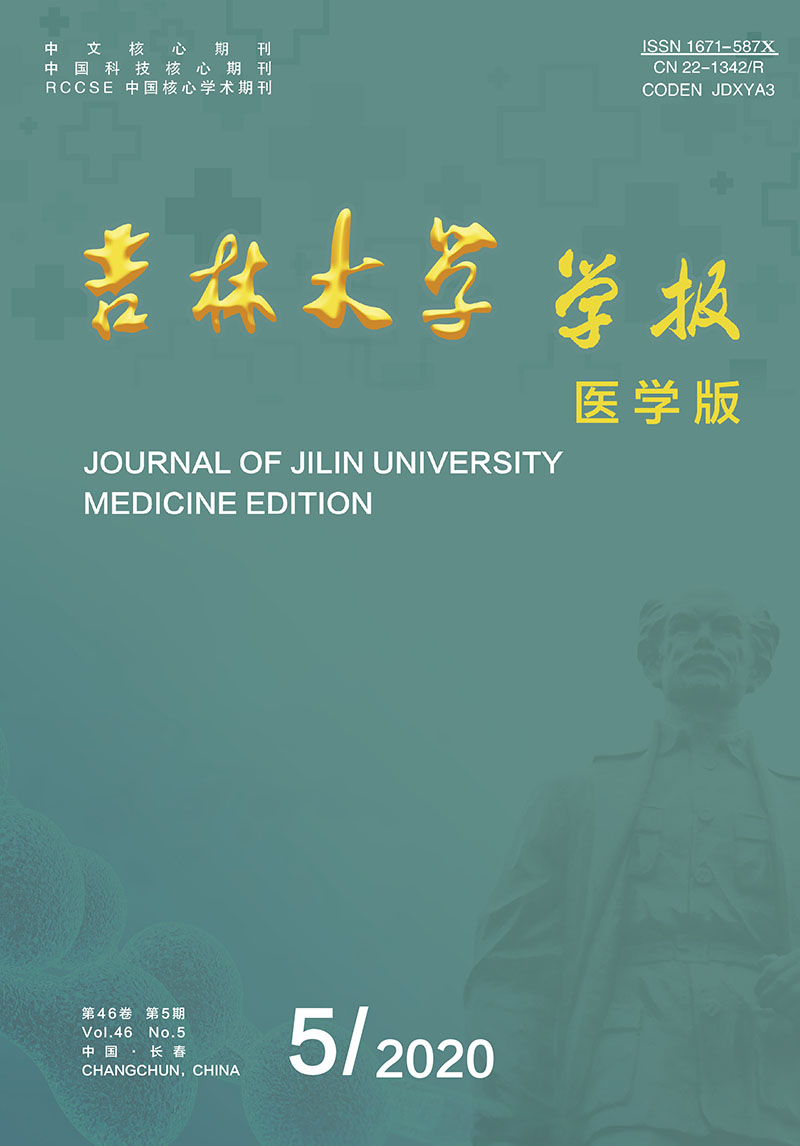The basement membrane is a specialized extracellular matrix between the epithelium and the mesenchyme. In stratified epithelium, only the basal cells in contact with the basement membrane exhibit the apical-basal polarity, whereas the epithelial cells do being not in contact with the basement membrane do not exhibit the apical-basal polarity. The basement membrane plays an important role in epithelial cell polarization. It is an important extracellular matrix (ECM) structure in the multicellular organisms, is situated between the epithelium and the mesenchyme, and is produced jointly by the epithelial cells and mesenchymal cells. Its components mainly include Laminin, type Ⅳ collagen (Col-Ⅳ), nidogen(NDG), and heparan sulfate proteoglycans (HSPG), and each component plays the different role in influencing the epithelial cell polarity. The network scaffold formed by Col-Ⅳ and Laminin is the main structure of the basement membrane, and the integrity of the structure affects the epithelial cell polarization. This review summarizes the composition and structure of the basement membrane, focuses on its role in epithelial cell polarization and its mechanism, and compiles the current status of biomimetic basement membrane materials that promotes the epithelial cell polarization, and provides the theoretical foundation for further exploration of the establishment and maintenance of epithelial cell polarity.


 Guide to Authors
Guide to Authors
